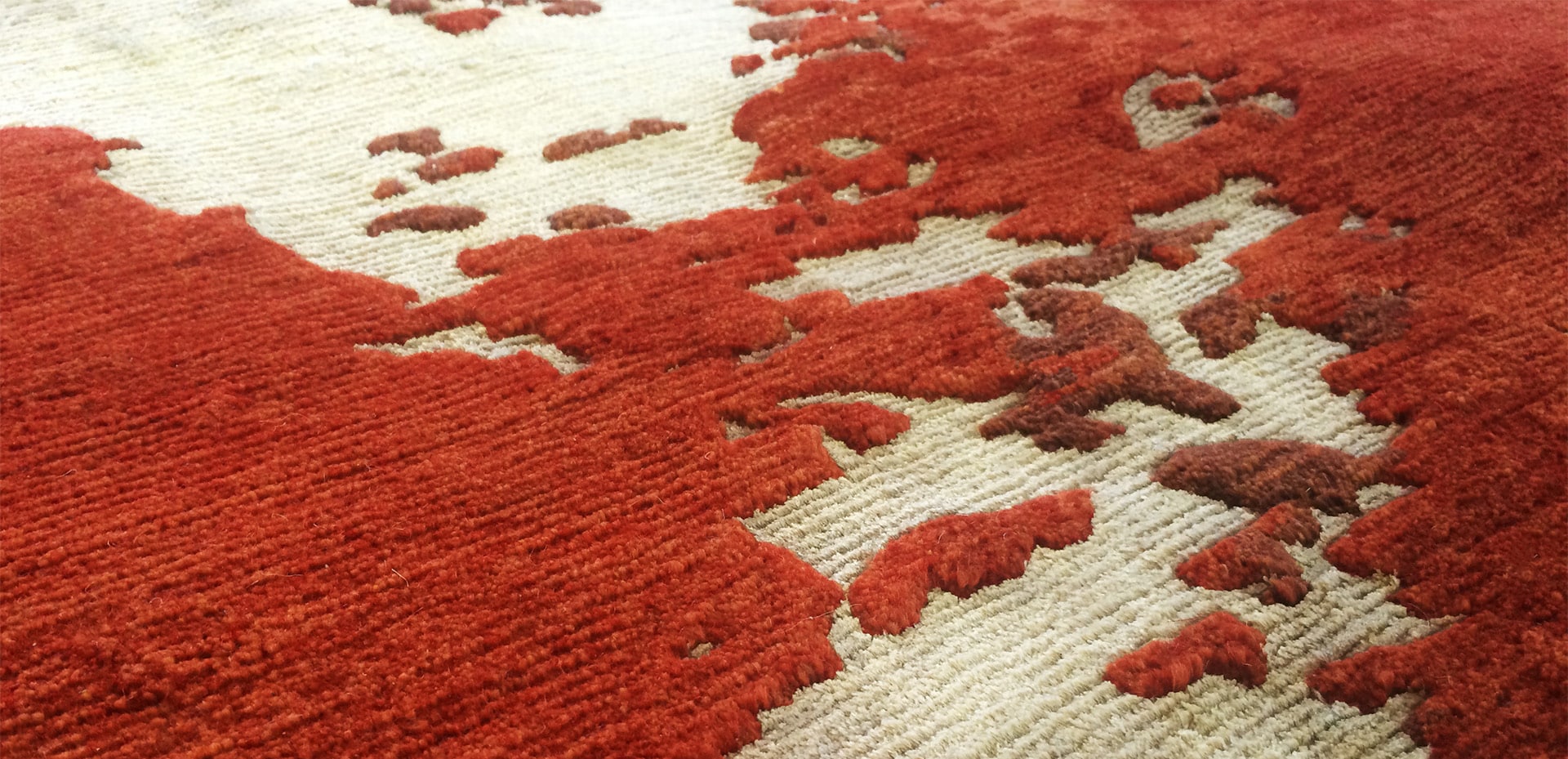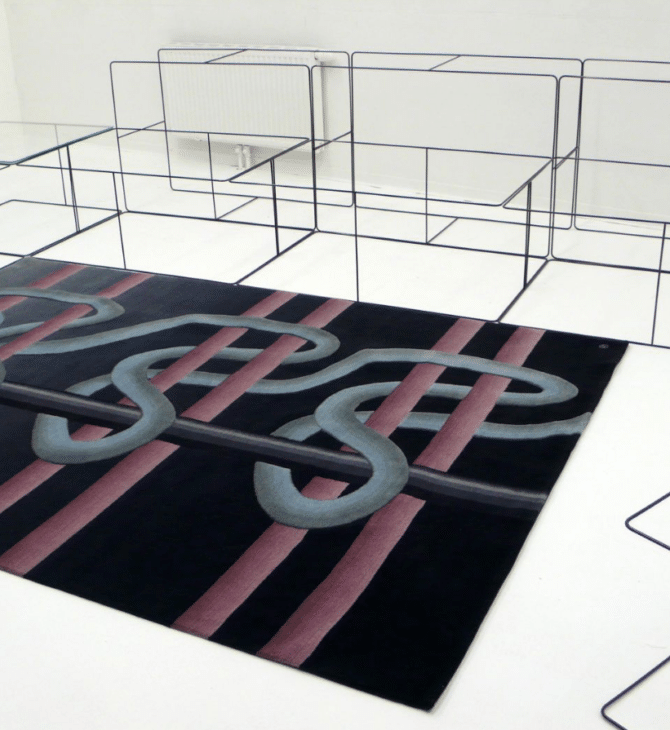
Geba Carpets: Colors and Trends of Autumn 2022
For more than three decades, our carpet gallery in Graz—just like its founder, mastermind, and designer Harald Geba—has stood for modern design in contemporary settings combined with traditional craftsmanship. GEBA carpets are classic, timelessly modern, inspired by art and architecture. Carpets not only change the way we live and dream, they also touch our senses. And these days, carpets are definitely de rigeur, particularly in the cooler months. Following his return from several important trade fairs,
we asked Harald Geba for his personal impressions of the colors, shapes, and trends in the GEBA carpet collection.
Dear Harald, everywhere we look, listen, and read: Living rooms are getting cozier again. What exactly is this cozy trend the design magazines are talking about?
Harald Geba: This is so true! A sense for materiality has seldom been so deeply embedded in the zeitgeist as it is now—after two long years of uncertainty, we all long to have a feeling of coziness and well-being back again. Especially within your own four walls. This means that the coziness trend that began last winter will continue into the fall of 2022. Fabrics such as bouclé, velvet, and corduroy are back for sofas, curtains, and carpets alike, bringing a deep sense of coziness into our living rooms and bedrooms. I have also noticed for some time now that ever younger target groups are becoming interested in carpets. While in the past, more classic carpets decorated floors or were used to protect entrance areas, young people are now looking for home carpets they can relax and roll around on.

There is also an unmistakable trend towards sustainability and natural materials. How do you and GEBA react to these kinds of demands from end users?
Harald Geba: Sustainability has always been a very important topic for us. Not only is every single GEBA rug manufactured under fair trade conditions in Nepal following the Tibetan carpetmaking tradition, the rugs are also dyed primarily using vegetable dyes. Each of our carpets is unique and tells a personal story. We also use vegan natural materials in addition to our very popular highland sheep’s wool. Materials such as silk, hemp, linen, nettle, and soy silk are not only great for creating new accents in design, they are highly suitable for allergy sufferers. Such natural materials often surprise us with their special feel and looks, with a beautiful shine or unexpected effect. Hemp in particular dries much faster than wool, making it perfect for private bath and spa areas—and public ones as well.
What kind of sizes and shapes do you see arriving this coming fall/winter season?
Harald Geba: In terms of shape and size, everything goes at GEBA, although I personally continue to prefer rectangles and squares. One can also always read time in an oval or round carpet. Unless, of course, space makes something else the only option. It is very important to me that the design and size of the rug correspond exactly to the spatial requirements of our customers. While people used to think that large carpets made rooms look smaller, I see exactly the opposite. Particularly in spacious living rooms (with an integrated dining area or open kitchen), large formats can really bring out the character of a room and can be much more inviting than several smaller carpets in the same space.
The Pantone Color Institute has presented a color palette for the fall. Which of those do you see more for carpets?
Harald Geba: Personally, I only see some of the colors currently being propagated in fashion and interior design as being suited for my own carpet collections. We don’t follow all the nuances of prescribed palettes, especially with the pastels, instead focusing on soft lilac and turquoise combined with light blue. Always in harmonious coordination of course! I see the same symbiosis in shades of taupe, creamy white, and grey— not to be confused with beige, a color that currently has no place in our collections. For stronger color accents, I prefer green, which is back in vogue again for textiles as well, and the rather muted and very delicate red made from wild madder root. A beautiful vegetable dye, by the way! The calm and harmonious GEBA color palette ultimately harmonizes with many of our rediscovered floral and figural carpet designs, which are starting to break up the stringent designs of recent years. All in all some very nice combinations!
You’ve just come back from some trips. Where do you find inspiration for your carpet designs?
Harald Geba: That’s an excellent question! I actually gather inspiration for my creations while I travel, as well as by observing people on the street and when I visit international trade fairs and art galleries. Above all, however, nature remains the best source for ideas. Reflections on the water, fields, cloud formations, and leaves on a walk through the woods often spark ideas for new color combinations and patterns. Motifs from the Orient, nomadic and Kurdish carpets, and beekeeper patterns also spur my creativity for new designs, patterns, and ultimately the color palette. Thanks to our production sites in Nepal, I have the tremendous advantage of being my own producer, which gives me the opportunity to experiment with my ideas before the “rug is finally rolled out”.














